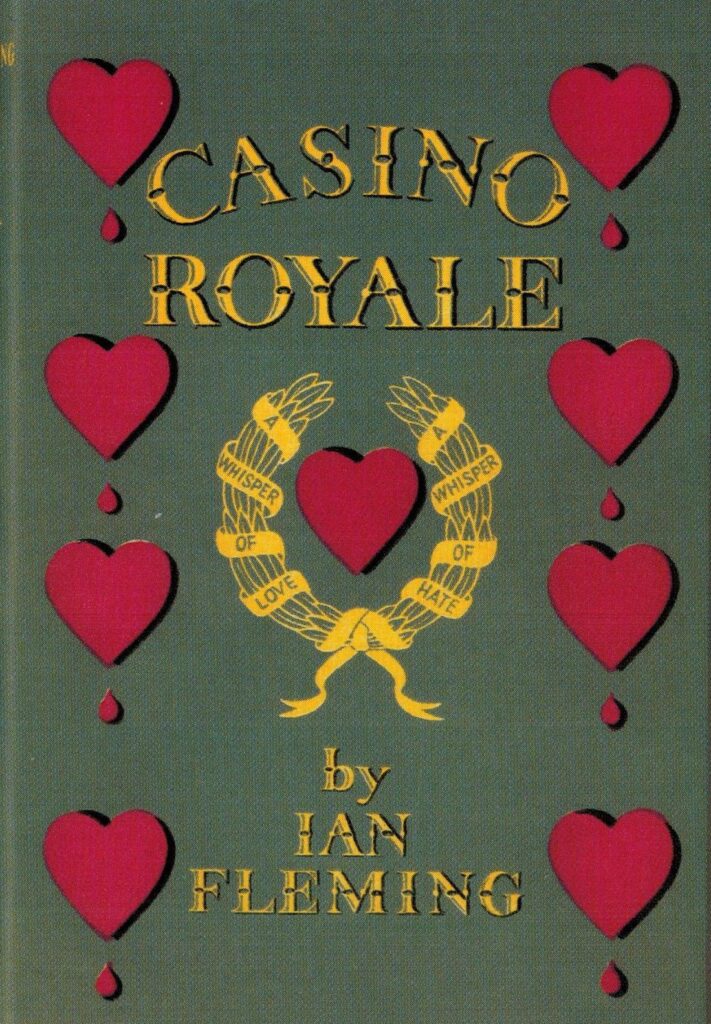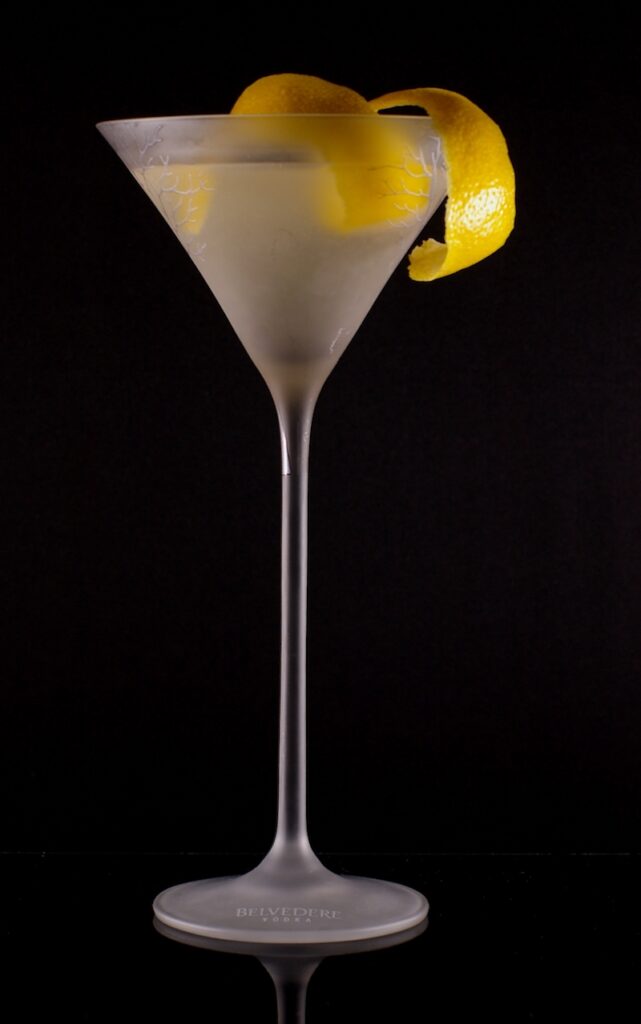Seventy years ago, precisely on April 13, 1953, Ian Fleming’s novel Casino Royale appeared on the shelves of bookstores in the United Kingdom. In it, the author introduced James Bond to the world, whom he characterized a few years later as: ‘A tough guy. Secret agent. A man who is merely a silhouette.’
007 continues to attract the attention of literary critics, as well as historians focused on modern history (Martin D. Brown, who lectures on history at London’s Richmond: The American International University, for instance, recently prepared a collection of essays by a team of scientists on James Bond as one of the symbols of the Cold War). However, Ian Fleming’s work does not leave gastronomy and cocktail culture experts indifferent, either practically or theoretically. Among them are certainly bartenders.

Scattered Handbook
Ian Fleming published twelve novels and two collections of short stories. Besides 121 mentions of champagne, 77 orders of whiskey, and a total of 70 quotes of gin and vodka, cocktails seem a bit like a poor relative, scattered across individual titles. On the other hand, they are generally precisely defined phenomena that attract bartenders to try to achieve an authentic drink ‘as 007 drank it.’
Some titles pose no difficulties. Why would they? An Americano will always be based on Campari Bitter, and the guest usually doesn’t define the vermouth. A completely different situation arises when ordering an Old Fashioned Cocktail. James preferred bourbon Old Grand-Dad, and that’s where the trouble begins. Not only is it a premium price that exceeds the usual – otherwise very good – brands, but it’s sometimes harder to find. A critical situation arises when the talk comes to a previously anonymous cocktail that, thanks to the phenomenon called product placement in the movie branch, deteriorated into ‘Vodka Martini, shaken, not stirred!’
Vesper
Agent 007 first described the drink to the bartender as follows: ‘Three measures of Gordon’s, one of vodka, half a measure of Kina Lillet. Shake it very well until it’s ice-cold, then add a large thin slice of lemon peel. Got it?’ After taking a long drink, James appreciated the bartender: ‘Excellent, but if you used grain-based vodka instead of potato, it would be even better.’
Ian Fleming meant no harm. After all, at the time he wrote Casino Royale, bartenders had no authenticity issues. Gordon’s Gin still had 47.3% ABV, and nobody cared about the vodka’s raw material origin or the single centiliter of it. And in 1986, when the sugar content of Kina Lillet was adjusted and renamed Lillet Blanc, cocktails generally attracted the attention of connoisseurs who remembered the times of drinking Dry Martini, Manhattan, and maybe Daiquiri Natural on the Caribbean beaches.
Today is a completely different story. Gordon’s with its traditional voltage is not found in Central Europe; there’s a chance in duty-free shops. Lillet Blanc is suspected of being ‘different,’ and many bartenders replace it with Italian Cocchi Americano. They say it’s closer to the original Kina Lillet. The question arises, how often an average guest managed to compare the original with the altered successor. Considering the quantity (‘half a measure’ :-)), these concerns seem unnecessary to me.

Not Just a Quiet Memory
Fleming’s novels are not a ‘cocktail history textbook.’ They are valuable for their permanent attention given to mixed drinks, which we tend to forget in our strenuous efforts to present ‘signature cocktails’ day by day, whether it’s Black Velvet, Alexander, or perhaps Stinger or Brandy & Ginger Beer. And honestly, when was the last time you splashed angostura into vodka with tonic?
Guests seem to show interest in these and other Bond titles. A recent report covered YEAR*007, a year-long celebration at Prague’s Bugsy’s bar, marking seventy years since the introduction of the iconic phrase: ‘Bond. James Bond.’ Notably, Vesper accounts for 40% of orders from the BAR MENU!”




